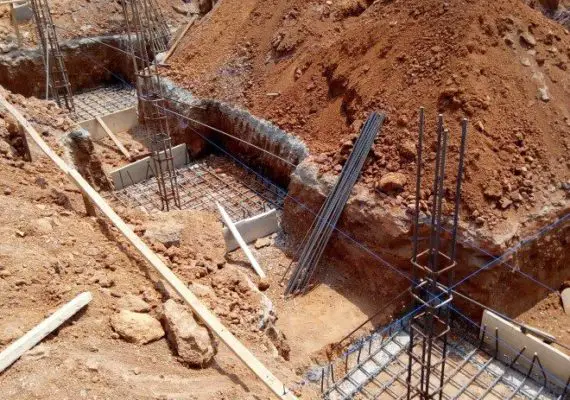What Is Green Infrastructure?
What Is Green Infrastructure?
Green infrastructure or blue-green infrastructure refers to the use of natural features and processes to provide a range of benefits in urban areas, including stormwater management, climate adaptation, heat stress reduction, increased biodiversity, food production, improved air quality, sustainable energy production, clean water, and healthy soils.
It can also provide recreational and social benefits, such as increased quality of life through recreation and providing shade and shelter in cities. Green infrastructure is a subset of sustainable and resilient infrastructure, and can also include low-carbon infrastructure such as renewable energy and public transportation systems.
Blue-green infrastructure can also be a part of sustainable drainage systems that manage water quantity and quality while promoting biodiversity and improving amenities. Recently, there has been a push for green infrastructure that promotes social inclusion and equality rather than reinforcing existing inequalities in access to nature-based services.
Benefits of Green Infrastructure?
Green spaces in urban environments can provide a range of benefits, including economic, ecological, and social benefits. For example, urban forestry can help manage stormwater and reduce energy usage and runoff, while bioretention systems can be used to create green transportation systems.
In addition, green spaces can help create a balance between built and natural environments. Studies have shown that communities with more green space tend to have higher levels of physical activity among elderly men, and individuals who live near green spaces tend to have better mental health.
Green infrastructure projects, such as these, have been found to be more cost-effective than other traditional water management strategies.
In one example, the city of Philadelphia found that a green infrastructure plan would cost $1.2 billion over 25 years, compared to the $6 billion that would have been needed for a grey infrastructure plan.
What Are Examples Of Green Infrastructure?
Permeable Paving
Permeable paving is a range of materials and techniques that allow water to seep in between the paving materials and be absorbed into the ground. Subsurface detention systems with infiltration capability provide temporary storage of stormwater runoff underground, and rain barrels and cisterns are watertight receptacles that catch and store stormwater for reuse.
Rain Garden
Rain gardens are landscaped areas that are designed to collect and manage stormwater runoff. They are typically located in the sidewalk and consist of an engineered soil layer that promotes the infiltration of stormwater into the underlying soil. When it rains, stormwater flows down the street gutter and into the rain garden, where it is absorbed by the engineered soil and seeps into the ground underneath.
Some of the water is also absorbed by the plants through a process called evapotranspiration, and any remaining water evaporates after the rain event is over. If the rain garden reaches capacity, the stormwater will overflow at the outlet and go into the catch basin.
Infiltration Basins
Infiltration basins are similar to rain gardens in that they collect and manage stormwater runoff. However, they are designed to store rainwater beneath a surface that closely mimics its surroundings, such as grass or concrete.
Greenstreets
Stormwater greenstreets are similar to rain gardens but are typically constructed in the roadway and are usually larger.
Green Roof
Green roofs consist of a vegetative layer that grows in an engineered soil on top of a drainage layer, and blue roofs are designed without vegetation for the primary purpose of detaining stormwater.


